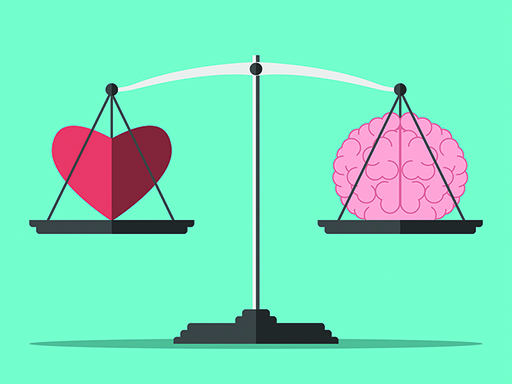3.2 Message balance
All messages need to strike a balance between providing enough information about the brand but doing so in such a way that engages and attracts the attention of the audience. In short, message balance is about what you say and how you say it.
One way of understanding this balance is to think about the involvement level that the brand necessitates. For example, a message intended to communicate a highly technical product such as a computer (a high-involvement decision) will need to adopt a different communication strategy to one that seeks to entice somebody to try a new brand of detergent (a low involvement decision):
‘when dealing with high-involvement decisions[…] the emphasis of the message should be on the information content, in particular the key attributes and the associated benefits. This style is often factual and product-oriented. If a product evokes low-involvement decision-making, then the message should concentrate on the images that are created within the mind of the message recipient. This style seeks to elicit an emotional response from receivers. Obviously, there are many situations where both rational and emotional messages are needed by buyers in order to make purchasing decisions’.
The balance between the informational and the emotional content of the message will then inform the choice of message appeal that will be adopted.

